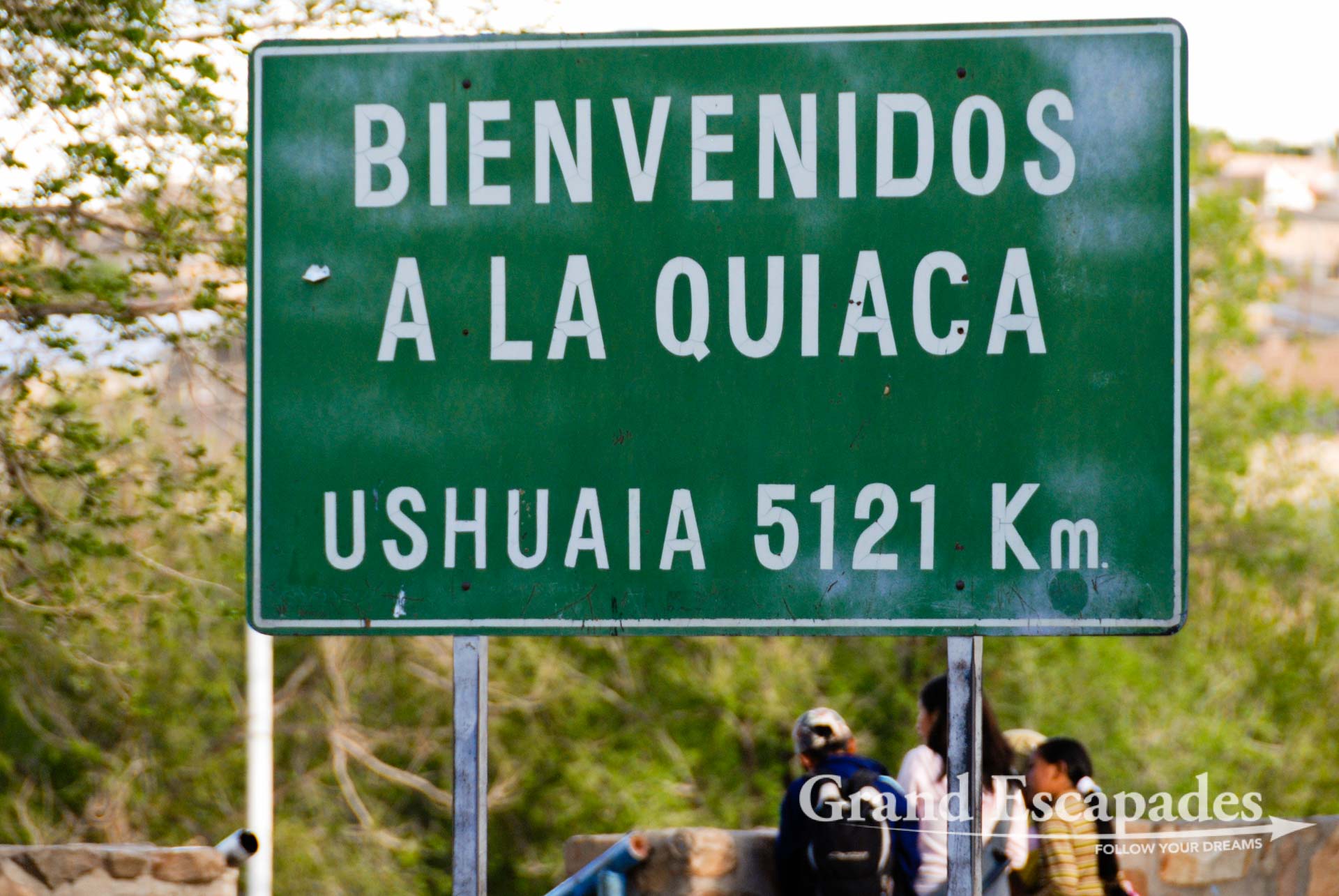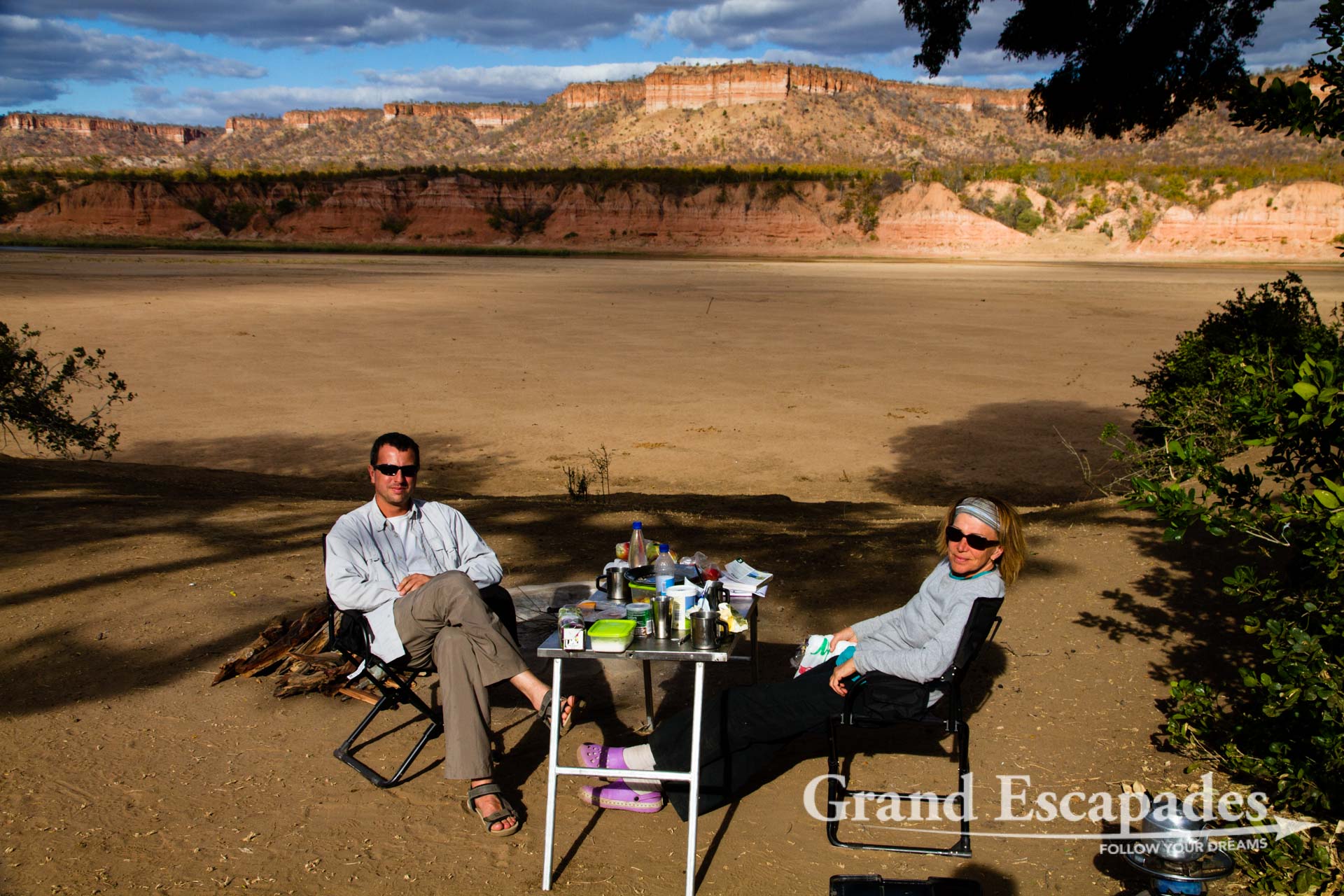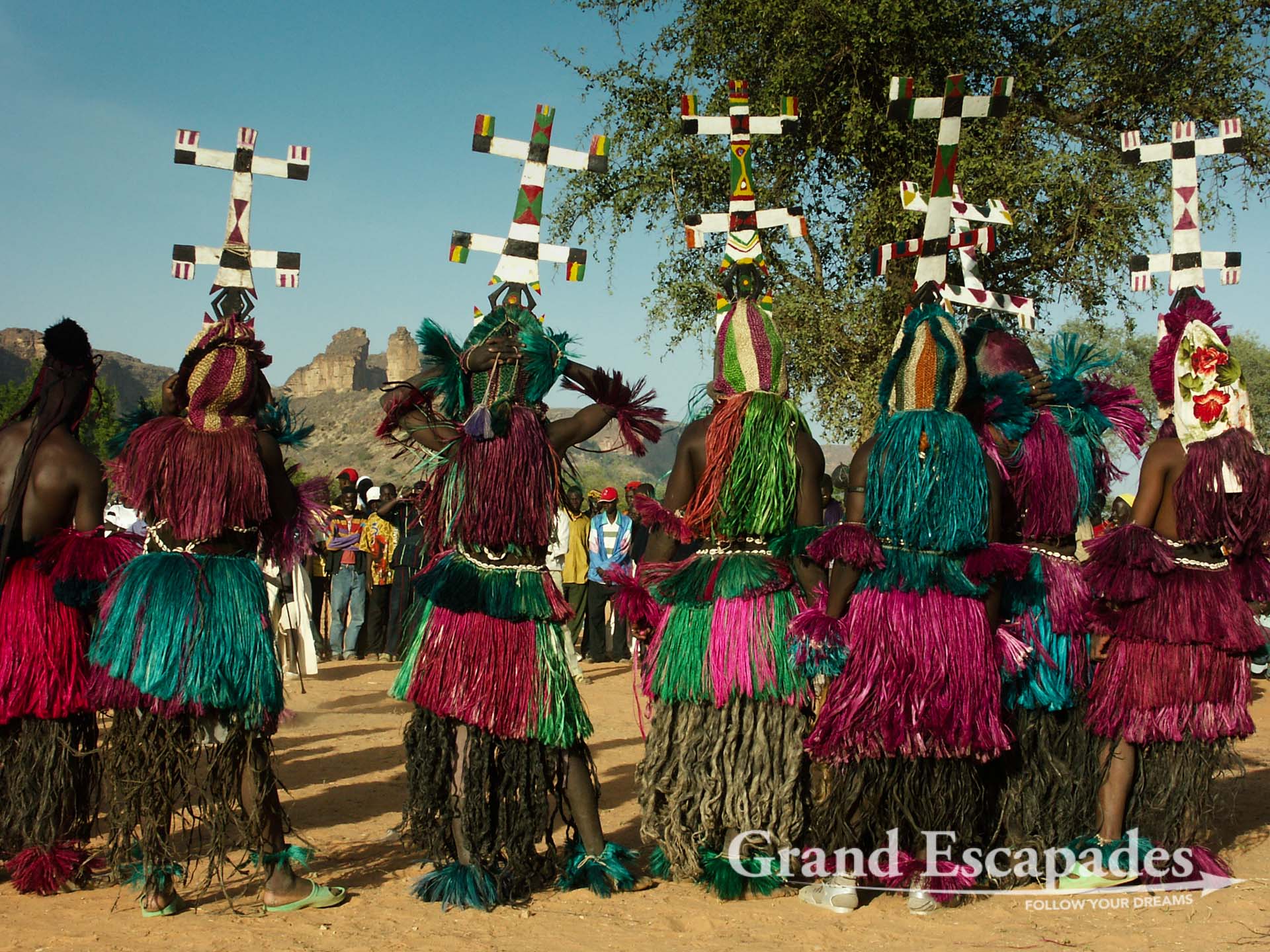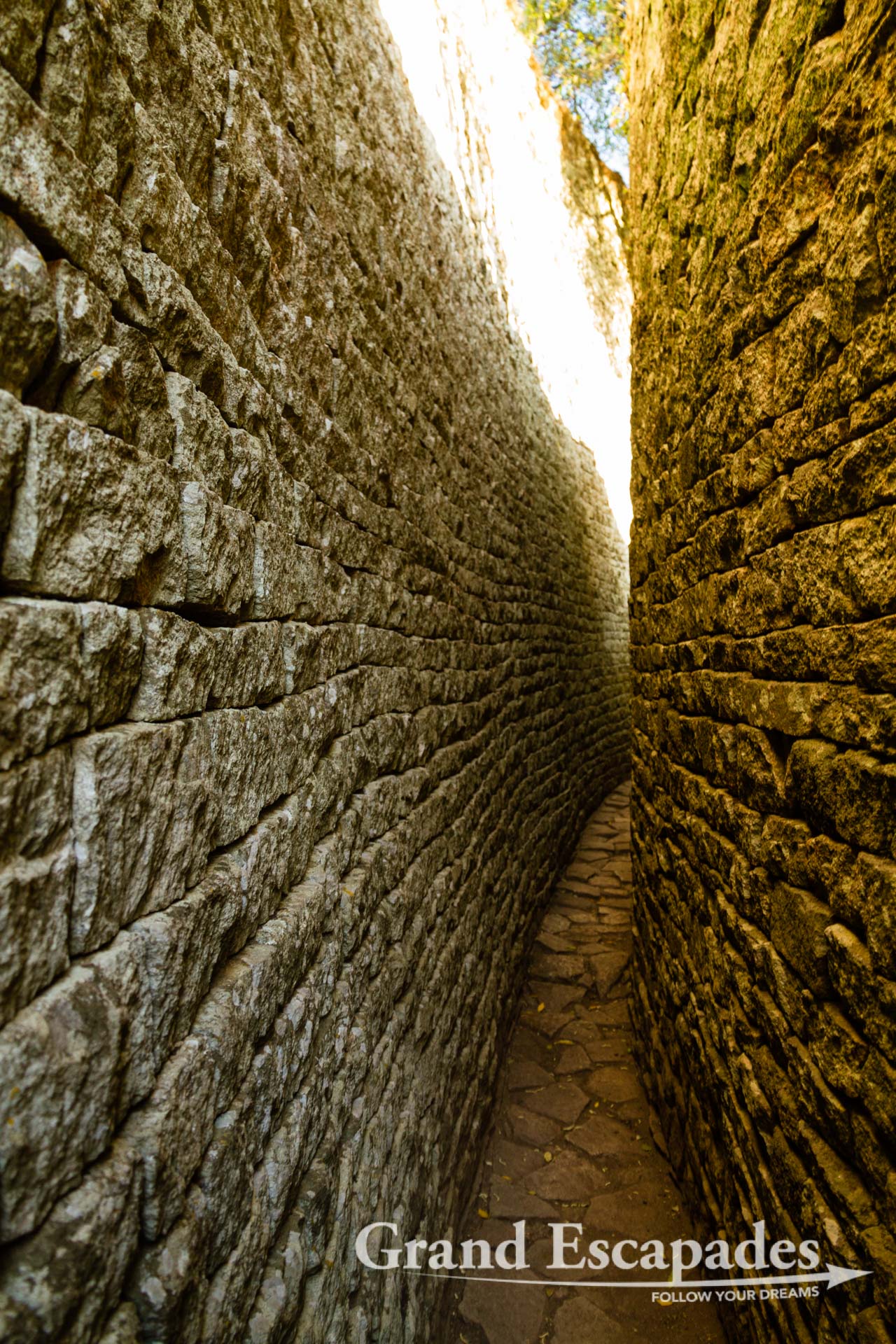Mobility – Choose the right mean of transport
Do not underestimate the time you spend traveling – We traveled 354 days during our Trip Around The World in 2007 / 2008 and spent slightly above 1.000 hours in long distant transport. This mind-boggling number does not include the time we spent in inner-city busses or on short excursion from a certain hub. Considering that you normally work 169 hours a month (in Continental Europe), it is precisely like spending 6 months in the office!
What influences your choice of transport? We think these 5 parameters: availability, distance, duration, price and level of comfort.
Remember: the time it takes you to travel from A to B often has nothing to with the distance between these two places. Winding 150 kilometers up and down a mountain in a bus in Ladakh may take half a day, while zipping 600 kilometers across Argentina in the same bus on a highway may take the same time. The latter probably being cheaper and more comfortable. Availability of transport is a concern in remote and / or rural areas, in National Parks, mountainous areas etc. Here your choice is often one between spending a lot of time or a lot of money.
These charts will show you the correlation between distance, duration, cost and means of transport:
| OverlandTravel | Distance(Km) | Duration(Hours) | Average Speed(KM / H) | Costs (€)per 100 km |
| Venezuela | 1.610 | 40 | 40 | 9,6 |
| Brazil | 2.100 | 36 | 58 | 7,6 |
| Peru | 2.690 | 36 | 49 | 5,7 |
| Bolivia | 3.660 | 109 | 34 | 3,8 |
| Argentina | 10.810 | 184 | 59 | 6,8 |
| Chile | 3.350 | 111 | 30 | 11,0 |
| South America | 24.220 | 535 | 45 | 7,1 |
| Easter Island | 230 | 9 | 26 | 25,2 |
| French Polynesia | 110 | 3 | 37 | 0,0 |
| Cook Islands | 675 | 23 | 29 | 14,1 |
| New Zealand | 5.875 | 121 | 49 | 10,1 |
| Pacific & Océania | 6.890 | 156 | 44 | 10,9 |
| China | 3.405 | 84 | 41 | 4,6 |
| Laos | 2.635 | 79 | 39 | 5,2 |
| Cambodia | 750 | 19 | 39 | 6,0 |
| Asia | 6.850 | 184 | 37 | 5,0 |
| RTW – Total | 37.960 | 875 | 43 | 7,4 |
| AirTravel | Distance(Km) | Price(€) | Duration(Hours) | Costs (€)per 100 km |
| Venezuela | 10.910 | 665,0 | 28 | 6,1 |
| Brazil | 10.520 | 935,0 | 23 | 8,9 |
| Peru | 0 | 0,0 | 0 | 0,0 |
| Bolivia | 1.640 | 100,0 | 4 | 6,1 |
| Argentina | 6.780 | 490,0 | 10 | 7,2 |
| Chile | 0 | 0,0 | 0 | 0,0 |
| South America | 29.850 | 2.225,0 | 66 | 7,5 |
| Easter Island | 3.750 | 395,0 | 6 | 10,5 |
| French Polynesia | 5.250 | 850,0 | 9 | 16,2 |
| Cook Islands | 2.280 | 484,0 | 6 | 21,2 |
| New Zealand | 13.275 | 999,0 | 18 | 7,5 |
| Pacific & Océania | 24.555 | 2.728,0 | 39 | 11,1 |
| China | 2.140 | 195,0 | 8 | 9,1 |
| Laos | 680 | 54,0 | 2 | 7,9 |
| Cambodia | 360 | 105,0 | 1 | 29,2 |
| Thailand | 11.245 | 442,0 | 17 | 3,9 |
| Asia | 14.425 | 796,0 | 28 | 5,5 |
| RTW – Total | 68.830 | 5.749,0 | 133 | 8,4 |
Differences are huge between countries and even continents. Generally, the faster you travel, the more it costs. The more comfortable your means of transport, the more expensive, but as we explained above it is (and by far) not always true…
Interestingly, during our Trip Around The World (2007 – 2008), we discovered that air travel is indeed slightly more expensive than taking a bus / train / car, but not significantly. Large regional differences were noticeable though. But all in all the difference was on average 14%. So, is it worth spending 24 hours on a bus, when flying only costs 15 € more? Of course none of this calculates the carbon footprint…
The level of comfort varies widely from one country to the other: in some countries you find superb buses, like Peru or Argentina. They can be so luxurious that people in Europe or the USA cannot even imagine. On the other hand, traveling in Mozambique, Ethiopia or Mali was often less comfortable than most of us had wished – sometimes it was an outright nightmare.
Last but not least, availability is a strong issue on some more remote, less touristy areas and in most parts of Africa, and interestingly in Cuba. There it means waiting forever on the roadside or dish out dollars for a private cab or a car rental.
What mean of transport did we take during this year (as well as before / after)?
Train Travel
Basically, if we can, we prefer traveling by train. It is usually an efficient, comfortable and sociable experience. But only few countries have reasonable networks of train. We have fond memories of travelling by train in China, Vietnam, Iran and last but not least India, which has a very good and very efficient rail network.
Bus Travel
This is probably what backpackers use most. There as well, you have seen huge differences: some buses in Argentina offer highly comfortable seats that turn into a 2 meter long bed, with dinner and drinks served at your seat. A great way of traveling long-distance, and those busses usually cost one third or half the price of a plane ticket. Traveling overnight helps saving money on accommodation, but it is something we rather avoid, unless the busses are really comfortable, as in Argentina or Peru. On the other hand, bus rides in Africa can turn into a real challenge. Here Mozambique outranks all other countries we traveled, not only because they busses are cramped. It is the blasting music all through the night. Second comes Venezuela, where busses are modern but freezing – we mean freezing like freezers. Locals there travel in down jackets and come equipped with duvets.
Long Distance (public) Cabs
Also called Taxi Brousse in West Africa, these are ancient Peugeot 505 (or even older 504) and leave when full. That means 7- 8 people in what is usually a five-seater. Don’t count on sitting up front. This seat goes to a local celebrity or a friend of the driver. Traveling in Mali in a Baché (Peugeot pick-up truck) with 22 other people and a few tons on the roof will remain an experience of a lifetime, one of those “war stories” every traveler has to tell…
Long Distance (chartered) Cabs
In certain countries a flexible and efficient way to move on, we used them a lot in Cuba, Iran and India. It was relatively cheap even when we could not find fellow travelers to share the costs (what we generally try). Above all, you can stop for pictures “en route” whenever you want. Often this is the very reason why we use them.
Car Rental

Fully equipped 4WD from Bushlore, with Roof-Top Tent – First Time Camping… Mlibizi Zambezi Resort, on the Shores of Lake Kariba, Zimbabwe, Africa
In some places you simply have not many alternatives, especially when you want to explore area Off The Beaten Track. In New Zealand, we chose renting a car over the Kiwi Bus for that reason. Besides, you have to be into partying to feel comfortable on these Backpacker busses. In Argentina’s northwest it was difficult to get to small, remote places. In many countries in Africa, like Zimbabwe, we could have never visited all the places we wanted in a period of three weeks. That’s what Gilles can usually take off work at the most.
Price differences there are huge, from absolutely affordable (New Zealand, 12 € a day) to absolutely prohibitive (Zimbabwe, 120 € a day for a fully equipped 4WD). There, it is highly recommended to look for fellow travelers. We have done this regularly through the Lonely Planet ThornTree Forum (www.LonelyPlanet.com/ThornTree), and it worked perfectly fine.
Motorcycle / Scooter Rental
On Pacific Islands or in Asia, this is a great way of traveling around a hub. Free as a bird we checked out villages and the countryside. We loved doing this on the Cook Islands, where scooter are also the main transport for locals and thus easily available. Laos was another country where we dared to choose this kind of transport.
Gilles is not an experienced driver and we would never do so on busy roads. There are zillions of stories about un-experienced drivers getting in very, very nasty accidents out of stupidity! In Ladakh, we overheard young Germans bragging about going up Khardung La (at 5.600 meters the highest motorable road on earth) without having been on motorbikes before!
Boat
We have very limited experience traveling across the ocean, since Heidi gets seasick very easily. For example a trip to Antarctica from Ushuaia was unthinkable. But we do have some very found memories of cruising up the Inside Passage in Canada, no rocking whatsoever. In Chile we took the ferry from Puerto Montt to Puerto Natales, which can be really rough. Our best boat trip ever was in Zimbabwe. A full 24 hours we gently floated across Lake Kariba, into the sunset and into sunrise.
Plane / Flying
Needless to say, by far the most convenient way of traveling long distances. Check prices, as flying is sometimes not significantly more expensive than going by bus. Of course, flying has a large CO2 footprint and can be frightening. Unforgotten our flight from La Paz high on the Bolivean Altiplano to Rurrenabaque in the Amazon lowlands – A tiny, tiny airplane that was whirled through the sky, unable to land in Rurrenabaque because of the rain… We had to return to La Paz in this kind of weather and fly the following day.














